* The name of Guanmiao District is derived from Holy Emperor Guan worshiped at Shansi Gong in the area.
* Shansi Gong of Guanmiao-The Temple is known for its majestic and somber atmosphere and architecture, and serves to provide divine pro-tection for the locals. Guan Shengdi Jun (Holy Emperor Guan) is the perfect example of honor, spreading his spirit of valor and loyalty amongst the locals. The temples of Guanmiao District are tightly tied with cultural developments. These temples not only represent the resi-dents' religious beliefs, but have became an integral part of local history and experiences, becoming a symbol of the Guanmiao spirit.
Precise descriptions of the location:
* The etymology of Guanmiao can be traced using historical records. Shansi Gong of Guanmiao was first constructed during the reign of Prince Jheng of the Ming Dynasty. The early pioneers who first settled in Siangyang Jhai worshiped Holy Emperor Guan for his holy favor, pray-ing to him for success in the construction of Biyitan (modern day Datanpi) to irrigate the surrounding farmlands. Shansi Gong temple was constructed as a result. The street around the temple prospered, leading to Guandimiao Jie (Emperor Guan's Temple Street). The modern street was a result of several rounds of reconstruction.
* Shansi Gong of Guanmiao - Construction for the modern Shansi Gong began in 1975 and was completed in 1982 after 7 years of work. The new temple was a majestic piece of religious architecture, with Chinese Huabei architecture, wide temple plazas, and imposing gates. The stone facing the Sanchuan Gates is inscribed with examples of loyalty, piety, rectitude, and honor. Interior walls are meticulously decorated with aus-picious beasts of legends such as dragons and phoenixes. Other out-standing and admirable craftsmanship and artworks included the paint-ed Door Guardians by the National master Pan Li-shui. In 1970, the re-stored main hall of the original Temple was moved to the northern wing of the new Temple, creating a unique religious architecture that blends both modern construction with historical landmarks.
* Shansi Gong organises a grand temple festival and rites for peace and protection over the entire nation once every 12 years according to tradi-tion. This grand festival has become an exclusive part of Guanmiao cul-ture. Local residents as well as parade teams, having received divine blessings for many years, would participate. Song Jiang Jhen (Song Jiang formations), Wugong Jhen (centipede formations), and Tiaogu Jhen (leaping drum formations) will show up to add vibe and liveliness to the entire festival. A Wangchuan (Prince's Ship) will also be constructed as a physical manifestation for the prayers of peace.
* Every 24th Day of the 6th Month of the Lunar Calendar is the birth date of Holy Emperor Guan. According to Guanmiao's unique local traditions, Lord Guan's Cizi (adopted child) must visit Shansi Gong to offer their re-spects. Those who cannot attend in person must have their family members bring their clothing and receive the seal of the Holy Emperor. The adopted child must also undergo a mandatory ritual named Cizi Guosian, and cross the Ping An Bridge by following the lead of each vil-lage representative.
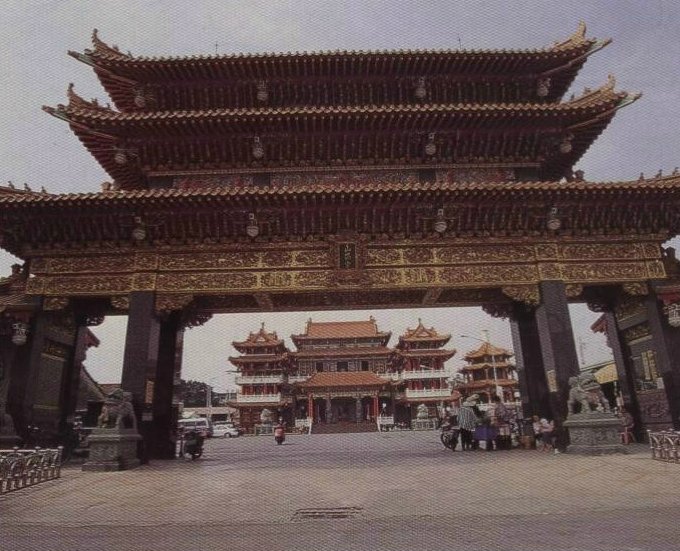
Shanxi Gong of Guanmiao
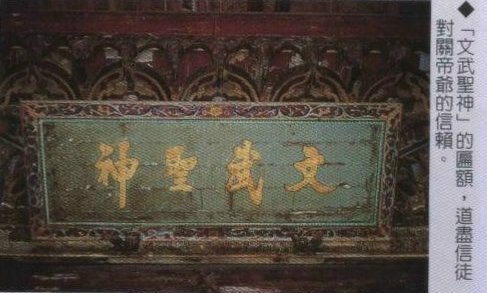
Shanxi Gong of Guanmiao
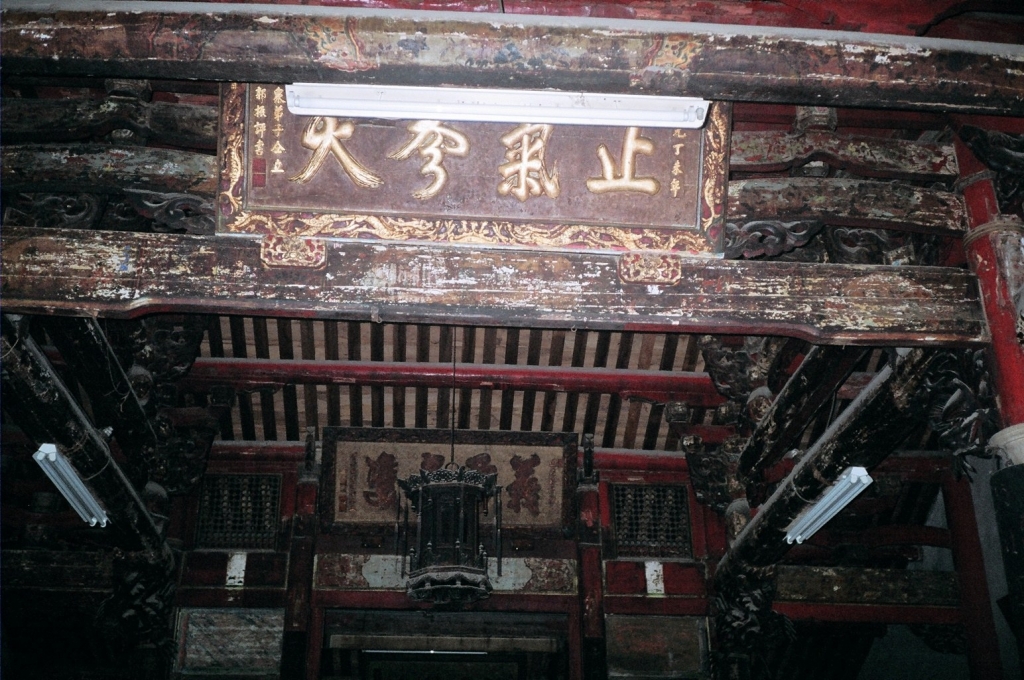
Shanxi Gong of Guanmiao
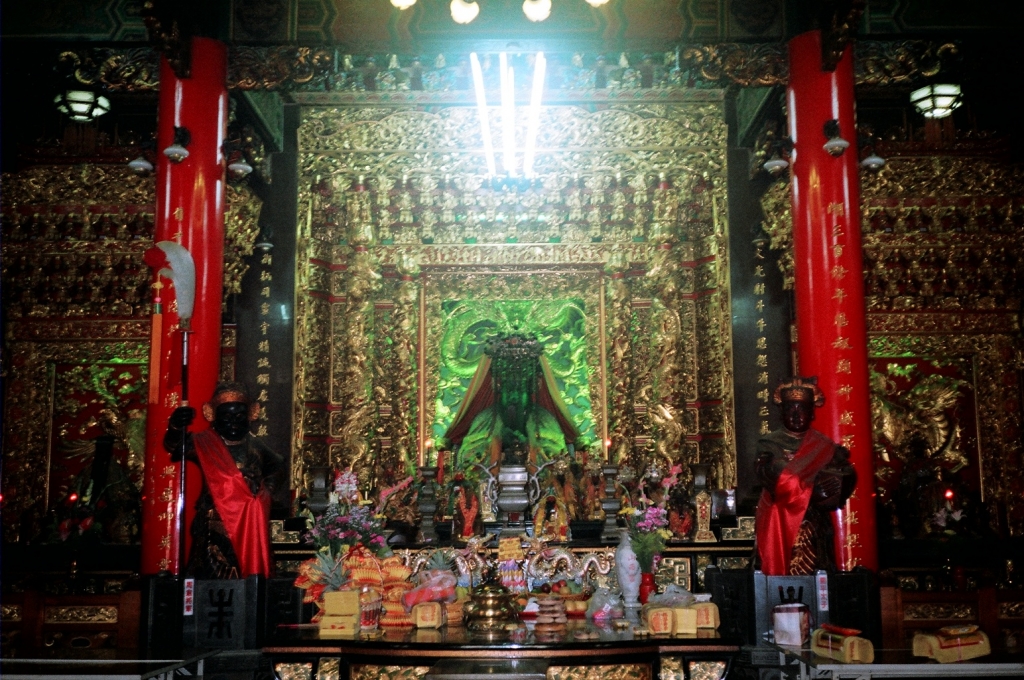
Shanxi Gong of Guanmiao
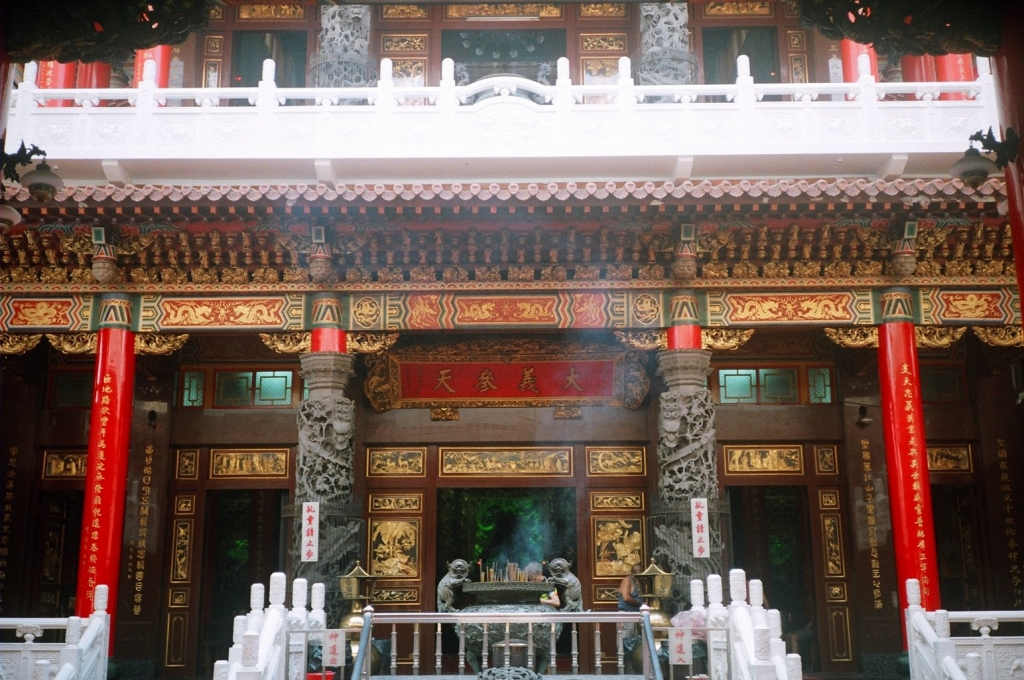
Shanxi Gong of Guanmiao
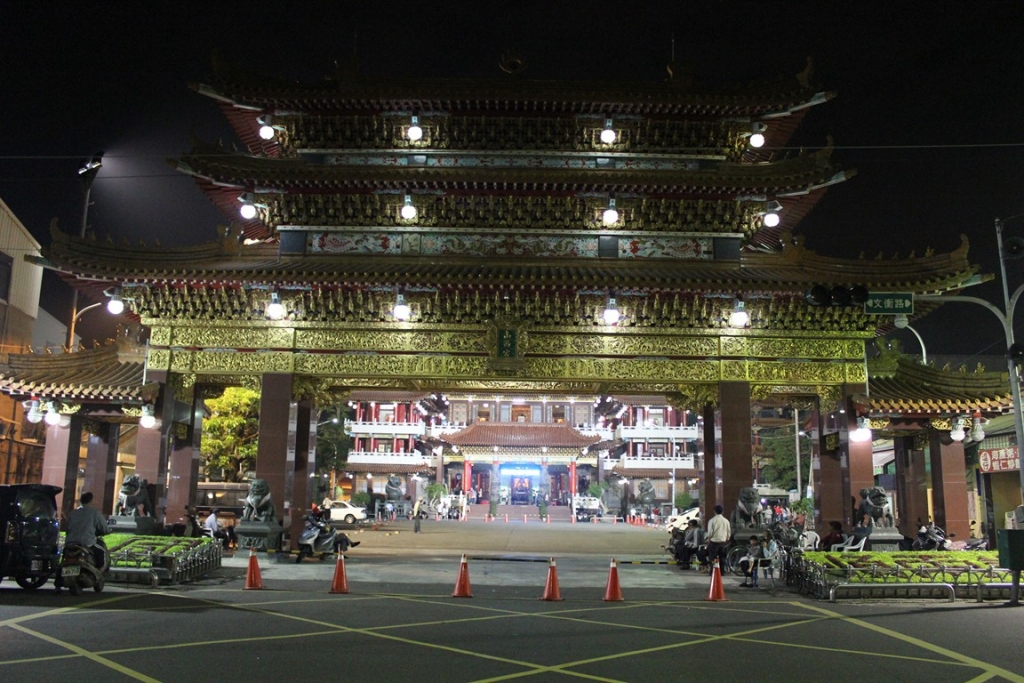
Shanxi Gong of Guanmiao
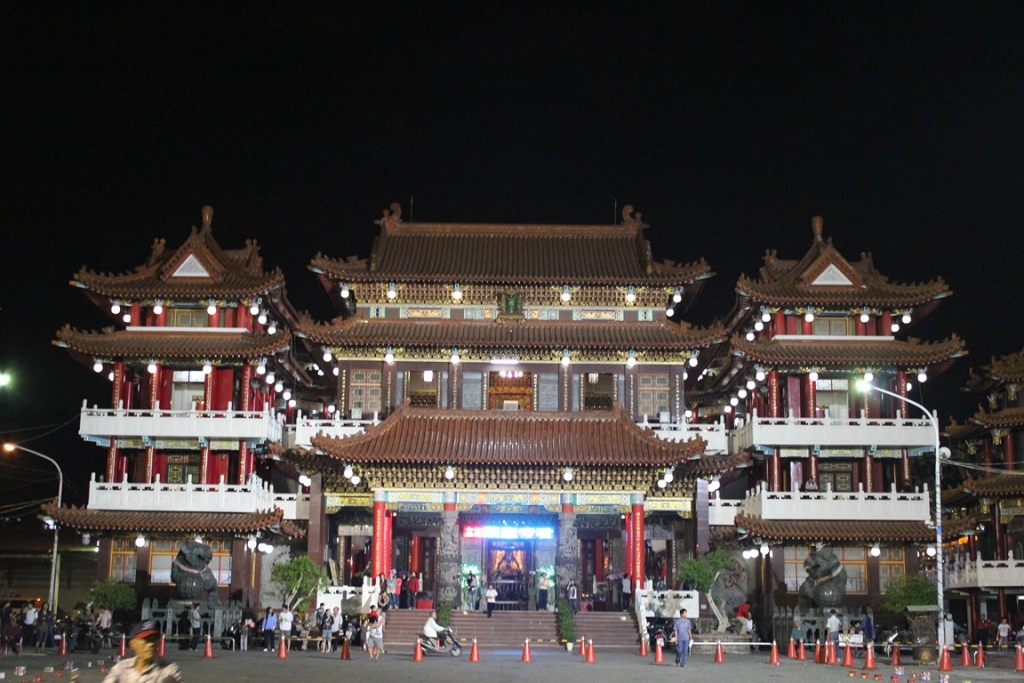
Shanxi Gong of Guanmiao
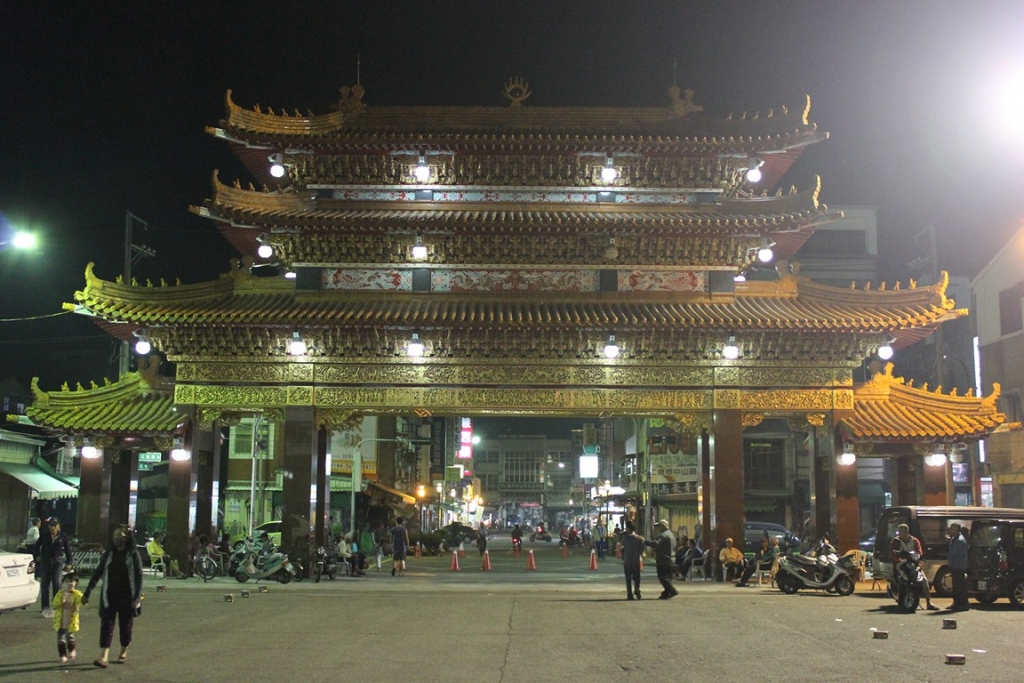
Shanxi Gong of Guanmiao
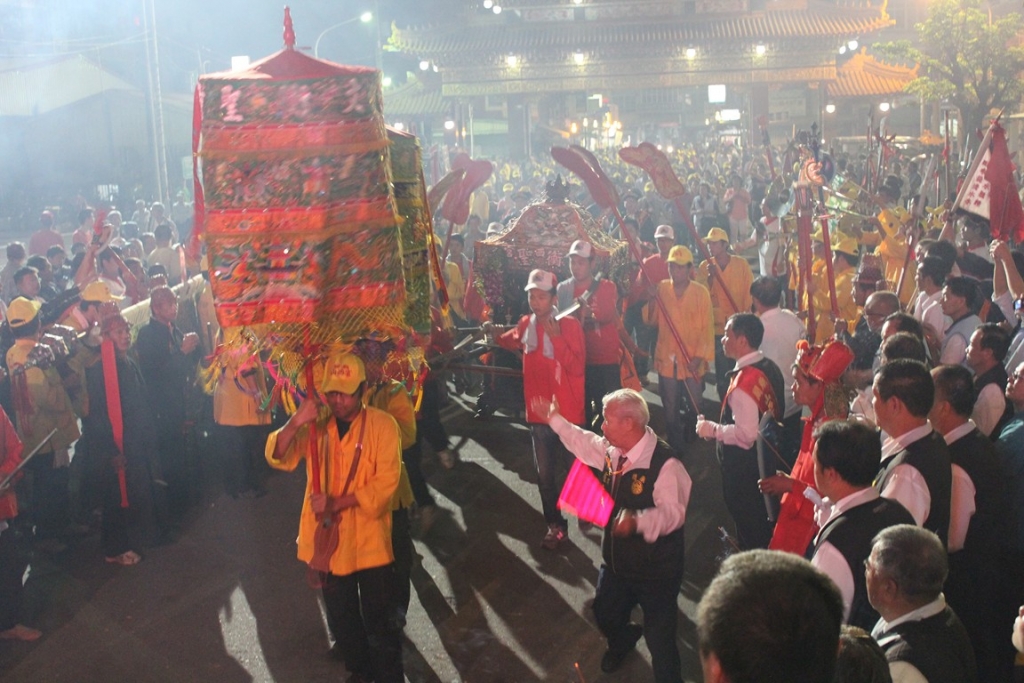
Shanxi Gong of Guanmiao
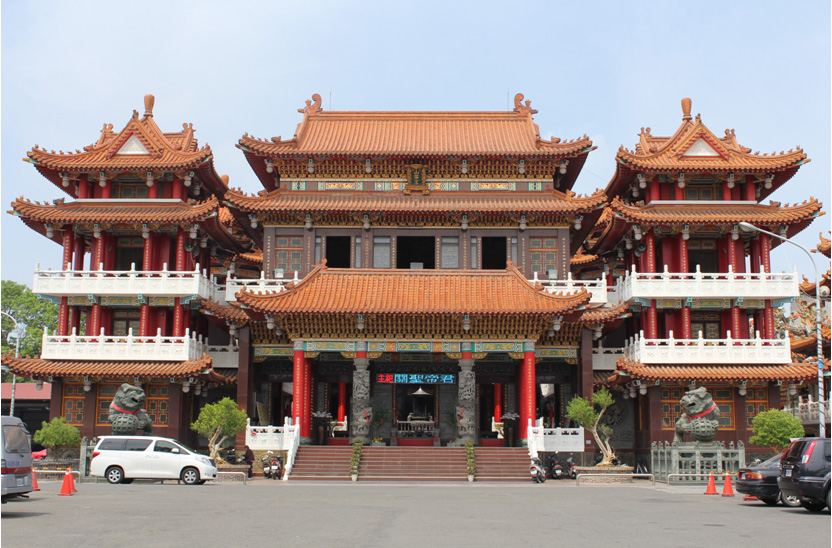
Shanxi Gong of Guanmiao